
碳氢清洗机槽体:抗腐蚀延寿的 “护槽全攻略”
作者:创始人来源:http://www.hjtztj.com/时间:2025-07-04
在工业清洗领域,碳氢清洗机凭借对油脂、污渍的高效溶解能力,成为精密零件清洗的 “得力干将”。然而,其槽体长期接触碳氢溶剂及被清洗工件携带的杂质,容易出现腐蚀、渗漏等问题,不仅影响清洗效果,更直接缩短设备使用寿命。要让槽体在苛刻环境中保持 “强健体魄”,需要从材料选择、表面防护、结构设计到使用维护的全流程精细呵护,构建一套立体化的抗腐蚀延寿体系。
In the field of industrial cleaning, hydrocarbon cleaning machines have become a powerful tool for precision parts cleaning due to their efficient ability to dissolve grease and stains. However, its tank body is prone to corrosion, leakage, and other problems due to long-term exposure to hydrocarbon solvents and impurities carried by the cleaned workpiece, which not only affects the cleaning effect but also directly shortens the service life of the equipment. To maintain a strong and robust body in harsh environments, it is necessary to carefully care for the entire process from material selection, surface protection, structural design to use and maintenance, and build a three-dimensional anti-corrosion and longevity system.
材料选择:为槽体打造 “钢筋铁骨”
Material selection: Create a "steel and iron frame" for the groove body
槽体材料的耐腐蚀性是抗腐蚀的根基。碳氢溶剂本身化学性质稳定,但工件表面可能残留水分、金属离子、切削液等污染物,长期接触会对槽体造成电化学腐蚀或化学侵蚀。因此,需根据清洗工况选择适配材料:
The corrosion resistance of the tank material is the foundation of corrosion resistance. Carbon hydrogen solvents themselves have stable chemical properties, but there may be residual pollutants such as moisture, metal ions, and cutting fluids on the surface of the workpiece. Long term contact can cause electrochemical corrosion or chemical erosion to the tank body. Therefore, it is necessary to select suitable materials according to the cleaning conditions:
不锈钢家族的 “抗蚀担当”:304 不锈钢(0Cr18Ni9)凭借良好的耐氧化性和性价比,成为普通工况首选,适用于清洗不含氯离子的碳氢溶剂(如正己烷、环己烷);而在可能接触到微量水分或含氯杂质的场景,需升级至 316L 不锈钢(00Cr17Ni14Mo2),其添加的钼元素使抗点蚀能力提升 50%,能抵御氯离子(耐受浓度≤200ppm)的侵蚀。
The "corrosion resistance responsibility" of the stainless steel family: 304 stainless steel (0Cr18Ni9) has become the preferred choice for ordinary working conditions due to its good oxidation resistance and cost-effectiveness, and is suitable for cleaning hydrocarbon solvents that do not contain chloride ions (such as n-hexane and cyclohexane); In scenarioses where there is a possibility of exposure to trace amounts of moisture or chlorine containing impurities, it is necessary to upgrade to 316L stainless steel (00Cr17Ni14Mo2). The added molybdenum element increases the pitting corrosion resistance by 50% and can resist the erosion of chloride ions (tolerance concentration ≤ 200ppm).
非金属材料的 “柔性防护”:聚丙烯(PP)和聚氯乙烯(PVC)等工程塑料槽体,在强酸性或强碱性碳氢清洗(如添加助洗剂的场景)中表现优异,PP 耐温可达 100℃,适合中温清洗(60-80℃),PVC 则对多数有机溶剂有良好耐受性,但耐温较低(≤60℃),需根据清洗温度合理选择。
Flexible protection of non-metallic materials: Engineering plastic tanks such as polypropylene (PP) and polyvinyl chloride (PVC) perform well in strong acidic or strong alkaline hydrocarbon cleaning (such as scenarioses with added detergents). PP can withstand temperatures up to 100 ℃ and is suitable for medium temperature cleaning (60-80 ℃), while PVC has good resistance to most organic solvents, but has lower temperature resistance (≤ 60 ℃), and should be selected reasonably according to the cleaning temperature.
表面处理:给槽体穿上 “防腐外衣”
Surface treatment: Coat the tank with an anti-corrosion coating
即使选用耐蚀材料,表面处理仍能进一步提升抗腐蚀性能:
Even with the use of corrosion-resistant materials, surface treatment can still further enhance corrosion resistance:
涂层防护:筑起化学屏障:在不锈钢槽体内壁喷涂聚四氟乙烯(PTFE)或聚偏二氟乙烯(PVDF),形成 0.2-0.5mm 厚度的致密涂层,其耐化学腐蚀性几乎涵盖所有碳氢溶剂,且表面光滑不易挂料,减少杂质滞留导致的局部腐蚀;喷涂过程需控制涂层均匀性(厚度误差≤±5%),并通过电火花检漏仪检测孔隙(电压 15kV,无漏点为合格)。
Coating protection: Build a chemical barrier: Spray polytetrafluoroethylene (PTFE) or polyvinylidene fluoride (PVDF) on the inner wall of the stainless steel tank to form a dense coating with a thickness of 0.2-0.5mm. Its chemical corrosion resistance covers almost all hydrocarbon solvents, and the surface is smooth and not easy to hang, reducing local corrosion caused by impurity retention; The spraying process requires controlling the uniformity of the coating (thickness error ≤ ± 5%), and detecting pores through an electric spark leak detector (voltage 15kV, no leakage points are qualified).
金属表面改性:强化原生耐蚀性:对不锈钢槽体进行电解抛光或钝化处理,电解抛光可将表面粗糙度降至 Ra≤0.2μm,减少杂质吸附;钝化处理则通过硝酸溶液浸泡,使金属表面生成更稳定的氧化膜,提升抗均匀腐蚀能力,处理后需用去离子水冲洗至中性(pH=6.5-7.5)。
Metal surface modification: Enhancing primary corrosion resistance: Electrolytic polishing or passivation treatment is applied to stainless steel tanks, which can reduce surface roughness to Ra ≤ 0.2 μ m and reduce impurity adsorption; Passivation treatment involves soaking the metal surface in nitric acid solution to form a more stable oxide film and enhance its resistance to uniform corrosion. After treatment, it needs to be rinsed with deionized water until neutral (pH=6.5-7.5).
结构设计:从源头减少腐蚀隐患
Structural design: Reduce corrosion hazards from the source
合理的结构设计能避免液体滞留、应力集中等问题,降低腐蚀风险:
Reasonable structural design can avoid problems such as liquid retention and stress concentration, and reduce the risk of corrosion
导流与排空:让液体 “来去自如”:槽体底部设计 3°-5° 倾斜角,并在最低处设置锥形排空口(直径≥50mm),确保清洗结束后残留液体快速排净,避免溶剂长期滞留形成 “死水” 区域;内壁转角处采用 R≥10mm 的圆弧过渡,减少直角缝隙中的杂质堆积,圆弧表面粗糙度需控制在 Ra≤0.4μm,便于清洁。
Diversion and emptying: allowing the liquid to come and go freely: the bottom of the tank is designed with a tilt angle of 3 ° -5 °, and a conical exhaust port (diameter ≥ 50mm) is set at the lowest point to ensure that residual liquid is quickly drained after cleaning, avoiding the formation of a "stagnant water" area due to long-term solvent retention; The inner wall corner adopts a circular arc transition with R ≥ 10mm to reduce the accumulation of impurities in the right angle gap. The surface roughness of the circular arc needs to be controlled within Ra ≤ 0.4 μ m for easy cleaning.
可拆卸与易更换:局部防护升级
Detachable and easy to replace: upgraded local protection
对于物料进出口、加热管接口等易受冲刷的部位,采用可拆卸式法兰连接,法兰垫片选用耐碳氢溶剂的丁腈橡胶或氟橡胶(如 FKM),其溶胀率≤5%,避免垫片老化导致的泄漏;加热管(如不锈钢翅片管)与槽体接触处设置绝缘套管(如聚醚醚酮 PEEK),防止不同金属接触形成电偶腐蚀。
For parts that are prone to erosion such as material import and export, heating pipe interfaces, etc., detachable flange connections are used. The flange gasket is made of nitrile rubber or fluororubber (such as FKM) that is resistant to hydrocarbon solvents, with a swelling rate of ≤ 5%, to avoid leakage caused by gasket aging; Insulation sleeves (such as polyetheretherketone PEEK) are installed at the contact between the heating tube (such as stainless steel finned tube) and the tank to prevent galvanic corrosion caused by contact between different metals.
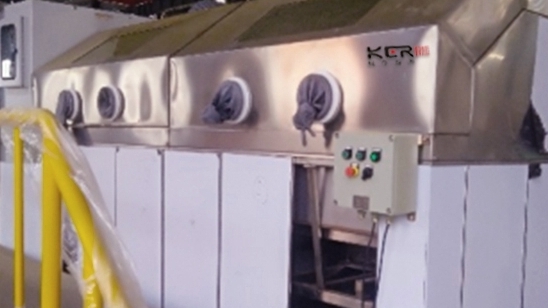
使用维护:日常呵护的 “细节哲学”
Usage and Maintenance: The "Detail Philosophy" of Daily Care
正确的使用习惯是延长槽体寿命的关键,需从清洗参数控制到日常保养严格执行:
Correct usage habits are the key to extending the lifespan of the tank, and strict adherence to cleaning parameters and daily maintenance is required
清洗参数 “Goldilocks 原则”:温度过高(超过溶剂沸点 10℃以上)会加剧溶剂挥发和槽体受热应力影响,建议控制在溶剂沸点以下 5-10℃(如碳氢溶剂沸点 150℃,清洗温度设为 140-145℃);超声波功率密度控制在 0.3-0.8W/cm?,过高的空化效应会导致槽体壁面产生微裂纹,成为腐蚀起点。
Cleaning parameter "Goldilocks principle": If the temperature is too high (more than 10 ℃ above the boiling point of the solvent), it will intensify solvent evaporation and the thermal stress of the tank. It is recommended to control it at 5-10 ℃ below the boiling point of the solvent (such as setting the cleaning temperature to 140-145 ℃ for hydrocarbon solvents with a boiling point of 150 ℃); Is the ultrasonic power density controlled between 0.3-0.8W/cm? Excessive cavitation effect can lead to microcracks on the wall of the tank, becoming the starting point of corrosion.
杂质控制:切断腐蚀 “导火索”
Impurity control: Cut off the "fuse" of corrosion
工件进入清洗机前,需通过预清洗去除明显的泥沙、金属碎屑(残留颗粒≤100μm),避免硬质颗粒划伤槽体表面;定期(每班次结束后)用软质毛刷(如尼龙刷)清理槽体底部沉积的金属粉末、纤维杂质,顽固污渍可用弱碱性溶液(pH=8-9)浸泡 30 分钟后冲洗,严禁使用钢丝球等硬质工具损伤表面。
Before entering the cleaning machine, the workpiece needs to be pre cleaned to remove obvious sediment and metal debris (residual particles ≤ 100 μ m), to avoid scratching the surface of the groove with hard particles; Regularly (after each shift) use a soft brush (such as a nylon brush) to clean the metal powder and fiber impurities deposited at the bottom of the tank. Stubborn stains can be soaked in a weak alkaline solution (pH=8-9) for 30 minutes and then rinsed. It is strictly prohibited to use hard tools such as steel wire balls to damage the surface.
干燥防护:拒绝 “潮湿陷阱”
Dry protection: Reject "moisture traps"
长期停机前,需将槽体彻底排空并干燥:先用压缩空气(露点≤-20℃)吹扫内壁 5-10 分钟,再开启槽体加热功能(温度 50-60℃)保持 2 小时,确保无残留水分;潮湿环境中存放时,可在槽内放置硅胶干燥剂(用量 500g / 立方米),并定期更换(吸湿率达 20% 时更换)。
Before long-term shutdown, the tank body needs to be completely emptied and dried: first blow the inner wall with compressed air (dew point ≤ -20 ℃) for 5-10 minutes, then turn on the heating function of the tank body (temperature 50-60 ℃) and keep it for 2 hours to ensure that there is no residual moisture; When stored in a humid environment, silica gel desiccant (500g/cubic meter) can be placed in the tank and replaced regularly (when the moisture absorption rate reaches 20%).
本文由碳氢清洗机友情奉献.更多有关的知识请点击:http://www.hjtztj.com91视频污版免费版将会对您提出的疑问进行详细的解答,欢迎您登录网站留言.
This article is a friendly contribution from CNC high-pressure cleaning machine For more information, please click: http://www.hjtztj.com We will provide detailed answers to your questions. You are welcome to log in to our website and leave a message
推荐文章
 公司:济南91视频污版免费版超声波设备有限公司
公司:济南91视频污版免费版超声波设备有限公司  热线:18663767799
热线:18663767799 地址:山东省济南市济阳区创业路与启航街交叉口南40米
地址:山东省济南市济阳区创业路与启航街交叉口南40米




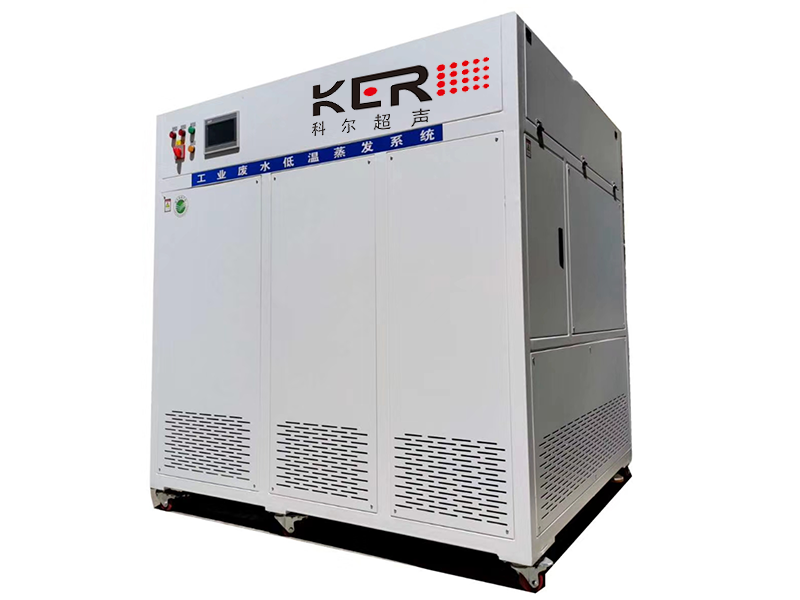
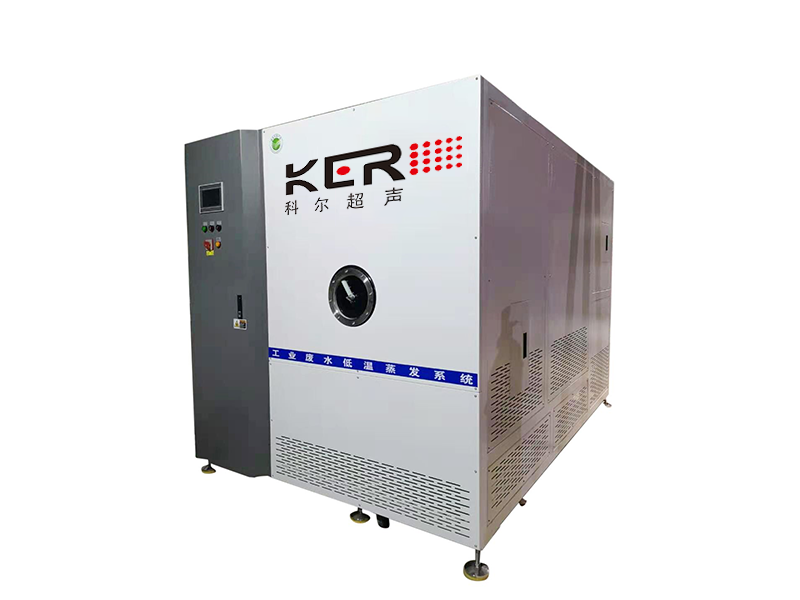

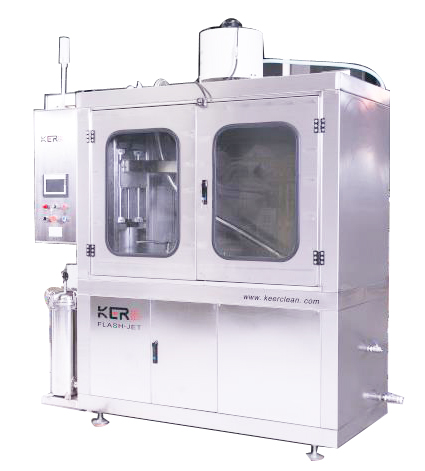
 常见问题
常见问题
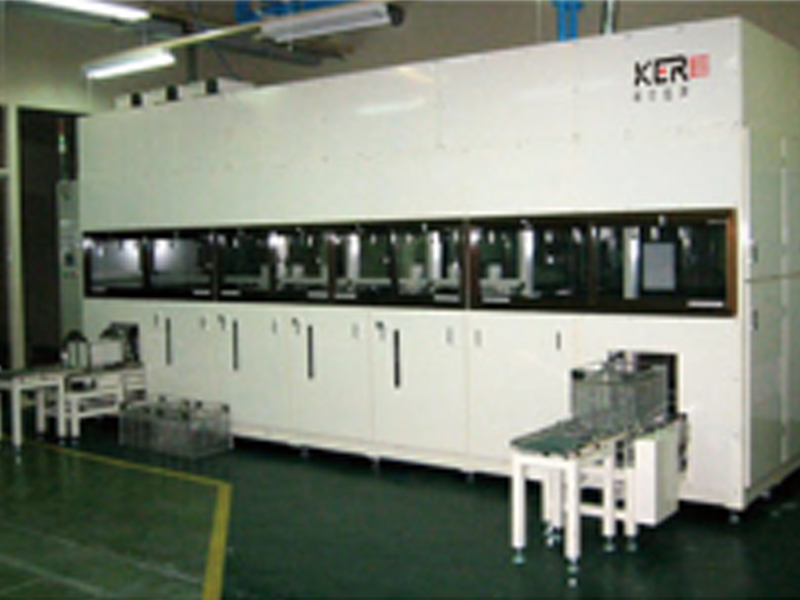
 联系91视频污版免费版
联系91视频污版免费版
 咨询电话:18663767799
咨询电话:18663767799 E-MAIL:jnkergs@163.com
E-MAIL:jnkergs@163.com 地址:山东省济南市济阳区创业路与启航街交叉口南40米
地址:山东省济南市济阳区创业路与启航街交叉口南40米 鲁公网安备 37011202001385号
鲁公网安备 37011202001385号
